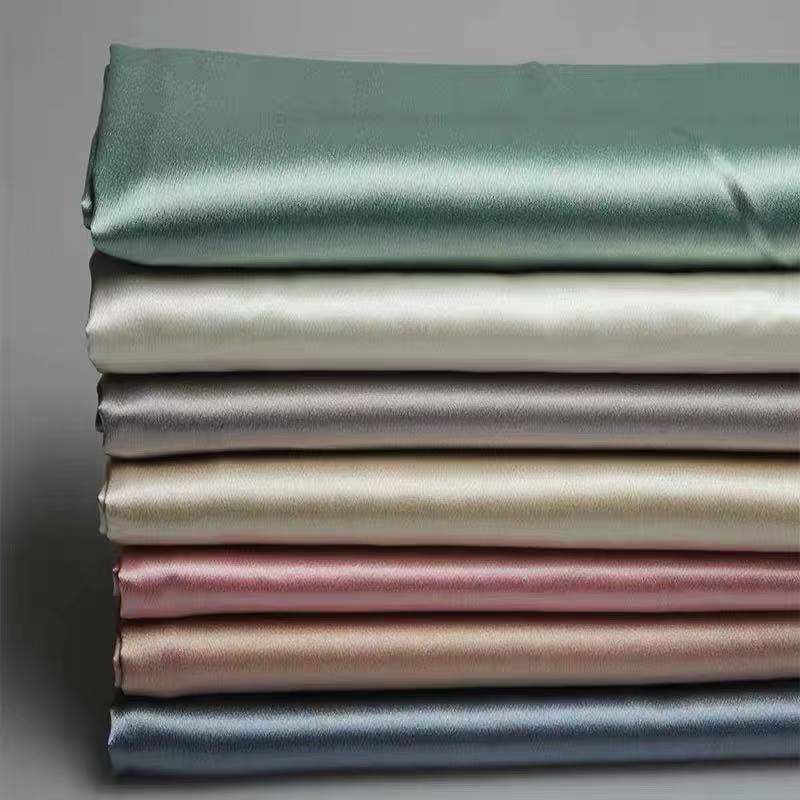Introduction to transparent fabrics
The transparent fabric is light, thin and transparent, with an elegant and mysterious artistic effect. Including cotton, silk, chemical fiber fabrics, etc., such as georgette, satin silk, chemical fiber lace and so on. In order to express the transparency of the fabric, the commonly used lines are natural and full, and the H-shaped and round-table-shaped designs are full of changes.

Reactive printed twill cotton 40 counts: Twill cotton is the manufacturing method of fabrics. Most of home textiles, especially bedding, adopt a two-on-one or three-on-one twill manufacturing process, so that the surface of the spun fabric is plump and easy to dye during the printing and dyeing process. The opening is finalized, which is what we often say will not shrink. Twill cotton is denser than plain weave fabric, has a larger yarn consumption, and has good abrasion resistance. It is mainly stronger than plain weave and has a better shrinkage control. Reactive printing and dyeing is a kind of dyeing technique, the color of printing and dyeing in this method is more delicate, the color is beautiful, and the color will not fade. This kind of printing and dyeing has relatively high requirements for the hardware environment such as machinery and water quality, so it cannot be done by ordinary small factories.

 EN
EN  EN
EN AR
AR RU
RU ES
ES DE
DE FR
FR PT
PT TR
TR



